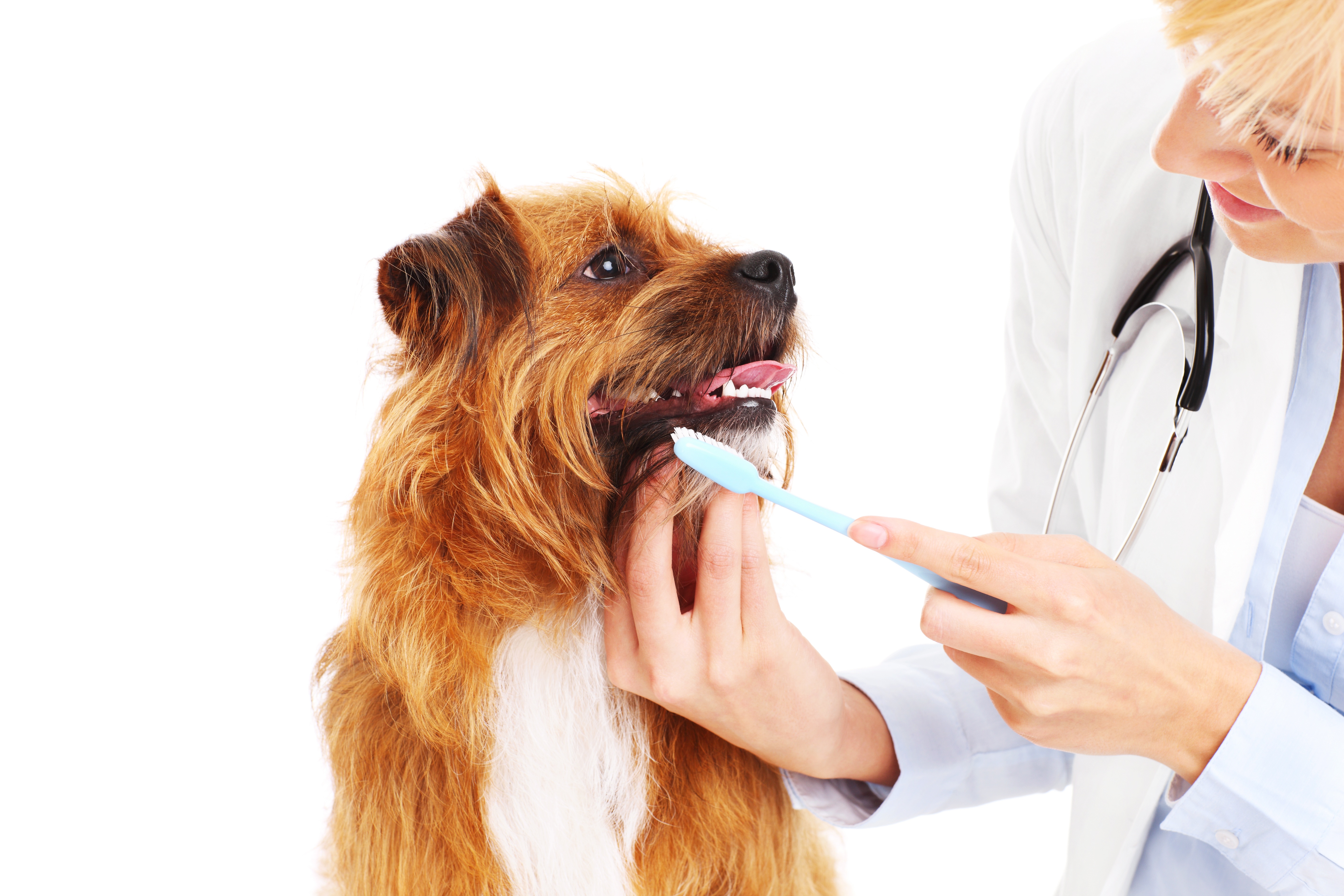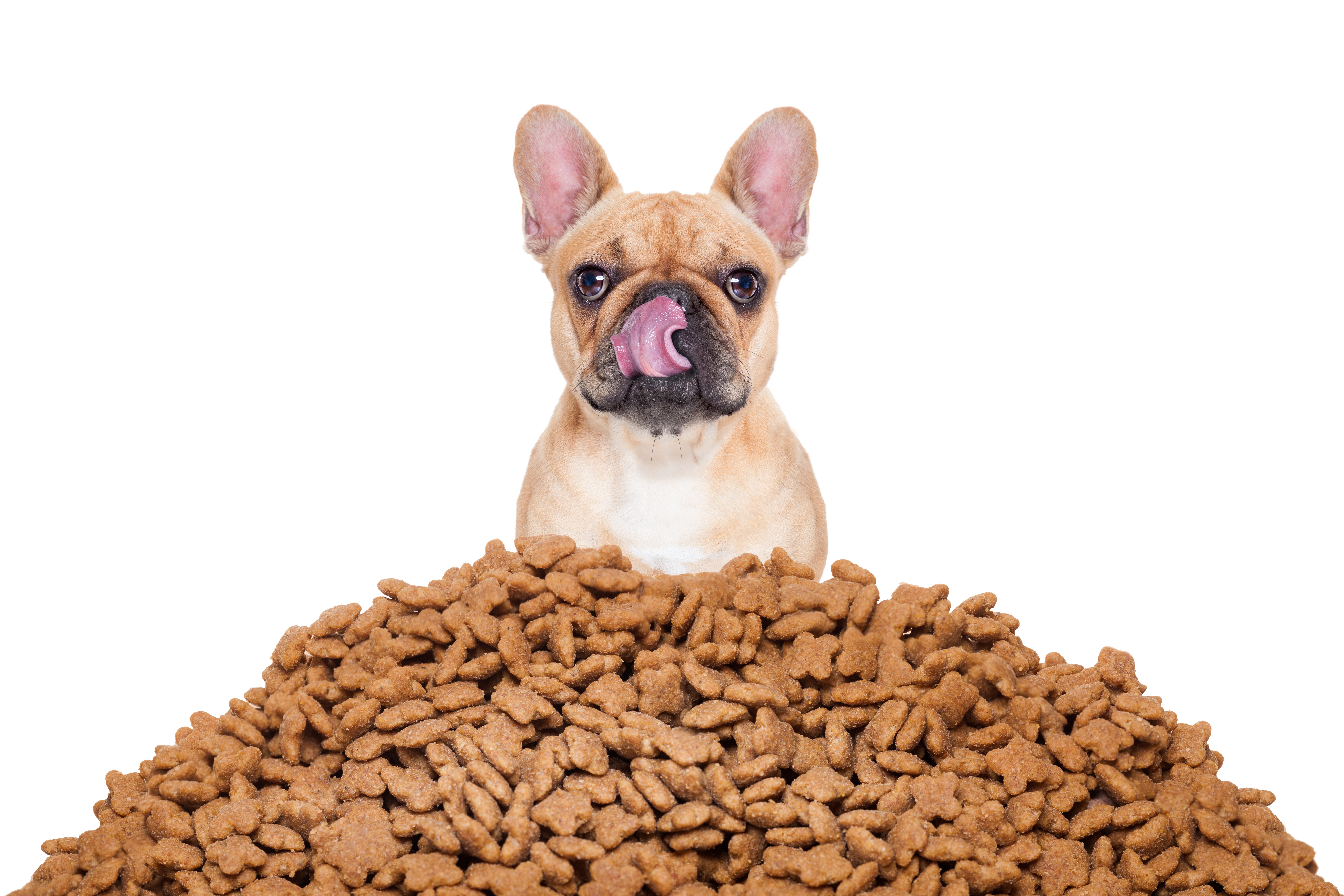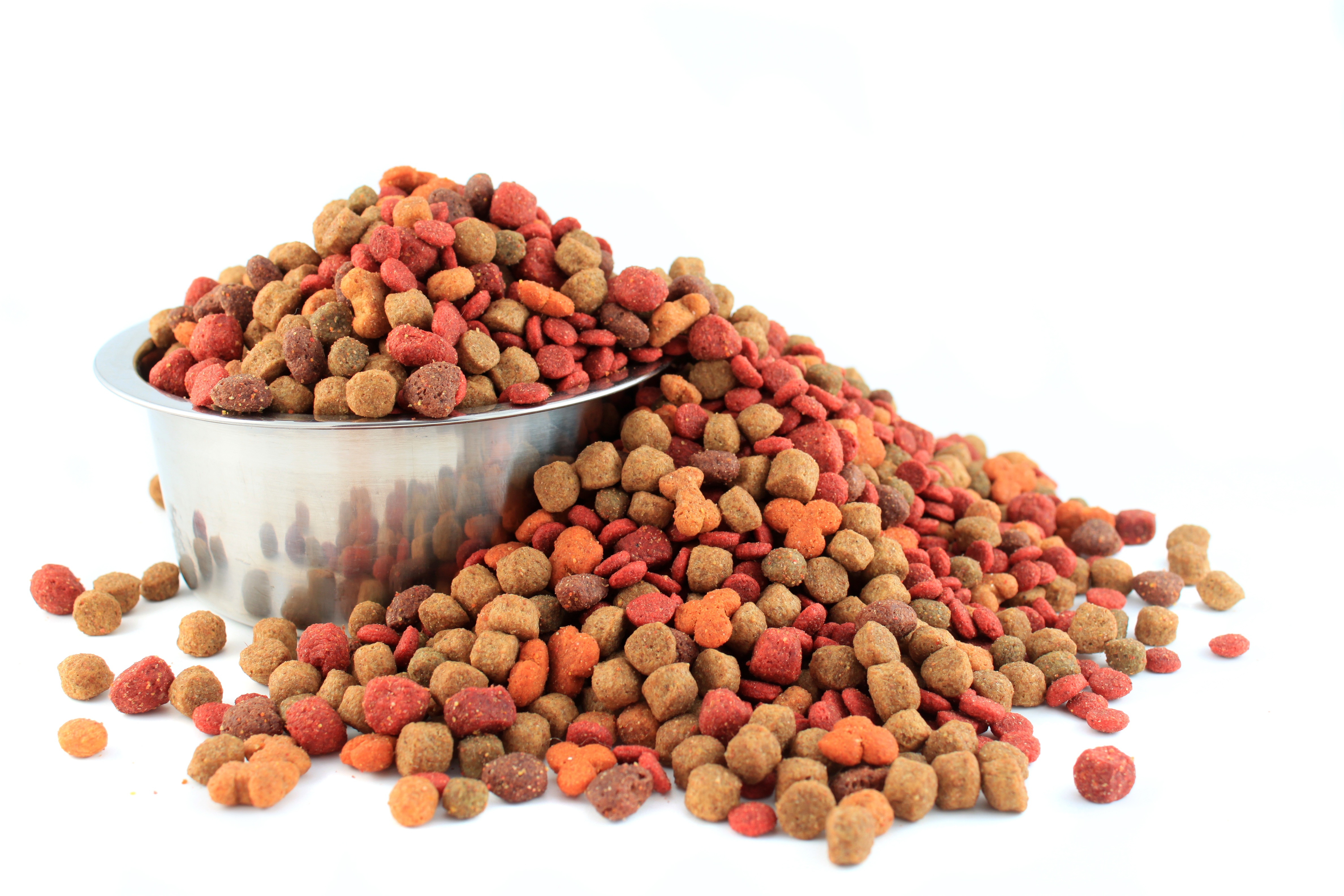The oral cavity has an abundant blood supply and an epithelial surface constantly bathed by saliva, a fluid rich in antimicrobial properties, resulting in oral tissue healing more rapid than skin. Sterile surgical preparation of the oral cavity for extractions is not necessary, however, using clean instruments and adequate preparation of the surgical working area is recommended. Good accessibility and exposure to the surgical site is important while creating gingival flaps to expose the tooth and alveolar bone adequately. Gentle tissue handling is used to minimize tissue trauma and promote faster healing. Appropriate instruments that are clean, sharp, well taken care of and stored properly...
Pet Dental Health Month - Basic Extraction Principles
Tags: Ask a Vet, Cats, cats, Dogs, dogs, health, pet advice, Pet Dental Health, Pet Health, pet health, Vet
- Tweet
Potential causes include previous blunt trauma, e.g., being hit by a car, running into a wall or excessive chewing on hard objects such as rocks, hard Nylabones®, cow hooves, antlers and other objects that do not soften when chewed.
Tags: Ask the Vet, Cats, cats, Contributors, Dogs, dogs, health, pet advice, Pet Dental Health, Pet Health, pet health, Vet
Professional periodontal treatment is important to the health and well-being of dogs and cats. Poor oral health may directly affect an animal’s overall health. Recent studies have shown there is an association with advanced periodontal disease and heart disease further validating the importance of periodontal health. Other studies have shown similar implications for the relationship of periodontal disease to heart, liver and kidney disease in the dog.
Tags: Ask the Vet, Cats, Dogs, dogs, Grooming, health, pet advice, Pet dental health month, Pet Health
Periodontal disease is the loss of the periodontal attachment apparatus (periodontal ligament, alveolar bone, cementum and gingiva). Since 75-85% of these structures are identified below the soft tissues of the oral cavity (e.g. gingiva, alveolar mucosa, and palatal mucosa), a thorough clinical subgingival evaluation and intraoral radiographs are required to assess, diagnose and treat periodontal disease.
Tags: Ask the Vet, cats, Dogs, dogs, health, Pet dental health month, Pet Health, pet health, preventative pet care
Preventive care and client education is an important step to introducing, implementing and improving overall dental and oral medical quality in your practices. Understanding the veterinary team’s (DVMs, veterinary technicians and assistants, receptionists, managers) role in preventing periodontal disease before pathology develops through the three keys to preventive dental care are critical steps to embrace. Suggestions for partnering with your clients to actively involve them in their pet’s oral home care, understanding client perceptions, providing confident and personalized recommendations, working as a team to change and improve the hospital culture will be addressed.
Tags: Ask the Vet, Cats, cats, Dogs, dogs, health, pet advice, Pet dental health month, Pet Health, preventative pet care
Anyone who has ever been loved by a dog knows that “doggy breath” is not always the most pleasant smell but did you know that halitosis might actually be a sign of a bigger problem? According to the American Veterinary Medical Association, 80% of dogs and 70% of cats show signs of oral disease by the age of 3! We all know that brushing and flossing is important to keep our own teeth healthy but your furry family members need the same care and attention to their oral health.
Tags: Cats, cats, Dental Health Month, Dentistry, Dogs, dogs, Grooming, Pet Health, pet health
What are the recommended daily servings for my pet based on?
Not only is the type of food that we feed our furry family members important but, it is also critical to know HOW MUCH we should be feeding. We are often asked, “How much of this food should I be feeding my pet per day?” and the answer is, “It depends.” We aren’t trying to be difficult, we promise. The reality is however, that a lot of different factors go into determining what the right amount of food is for your pet.
Tags: Ask the Vet, Cats, Diet, Dogs, dogs, health, pet advice, Pet Food, Pet Health, Pets, tips, Weight
Alternative nutrition trends for your pet: are they all they claim to be?
Companies have discovered that pet food is big business and as a result, there is an explosion of new diets out there for pets. According to the American Pet Products Association, pet owners spent approximately 23 billion (!) dollars just on pet food in 2015. Diets ranging from organic to raw to limited-ingredient varieties have hit store shelves and can make choosing the best diet for your pet a very daunting experience. So how do you know if they are as good as they say they are? Here’s a primer on what to consider next time you are shopping in the pet food aisle.
Tags: Cats, Dogs, Limited Ingredient Diets, Organic Pet Food, Pet Food, Pet Health, Raw Food Diets
Best Friends Total Pet Care and it animal-loving clients across the country showed their concern for homeless dogs and cats this recent holiday season by donating more than $25,000 worth in cash and supplies to the company’s 15th annual Animal Angel Tree campaign.
Tags: Angel Tree, Animal Shelters, Cats, Dog Rescues, Dogs, dogs, donations, holidays
It’s the New Year! Did you make resolutions for your pets in 2016?
It’s that time of year where hope springs eternal and we resolve to make positive changes for ourselves AND our fur babies. Given the temptation of yummy treats over the holidays, these resolutions are often centered around health and weight. Be honest, did your pet put on a few pound over the holidays? If you and your pet have resolved to greet 2016 with a new food attitude, here are some tips to help you, help your pet:
Tags: Cats, cats, Dogs, dogs, Food, Pet Health, pet health, Treats









